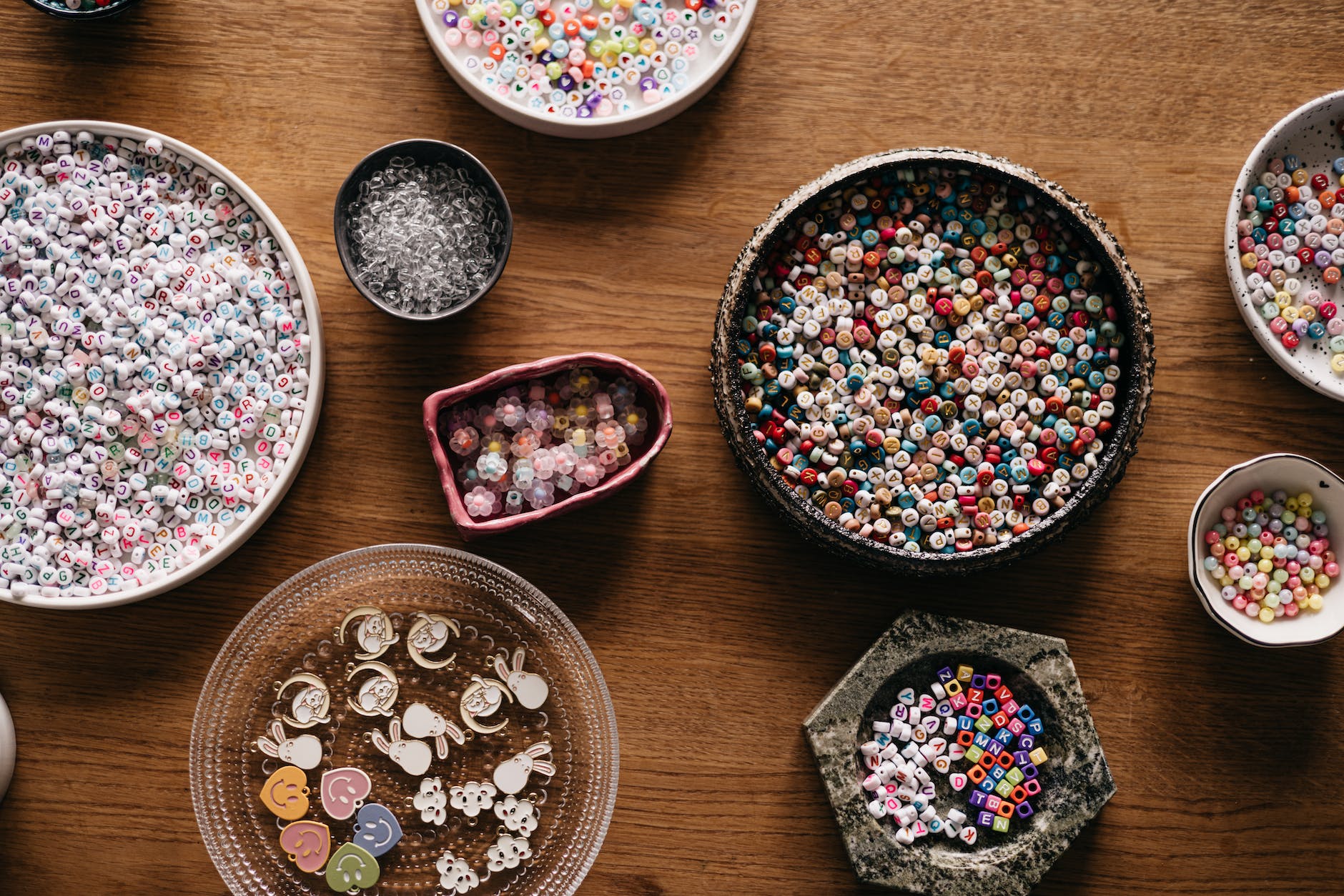Many artists, writers, and musicians have intimately explored their creative process and how it is impacted by certain catalysts. One surprising influence that has been much discussed but scientifically elusive until recently is the nexus of psychedelics and creativity.
Links have been made between psychedelics such as LSD, psilocybin (magic mushrooms), and mystical experiences that inspire artistic expression. This article dives deeper into the intriguing intersection of psychedelics, creativity, artistic inspiration, and unconventional thinking.
Psychedelics, mind-altering substances that distort one’s perception and thought processes, have been used for millennia by different cultures for healing, transcendental experiences, and creativity stimulation. In this light, artistic expression is viewed from the lens of the mysterious and compelling world of psychedelics.
Psychedelics and their ability to augment a user’s imaginative abilities are best understood when the concept of creativity is quantified. According to Guilford’s Structure of Intellect, creativity is a function of three abilities: fluency (creating numerous ideas), flexibility (creating a variety of ideas), and originality (creating unique ideas). By enhancing these abilities, psychedelics can heighten creativity.
Many painters, writers, and musicians credit their artistic inspiration and enhanced creative flow to their psychedelics experience. This is often presented as a gateway to unlock a more profound range of emotional depths and unconventional thinking. For instance, world-renowned Beatles member Paul McCartney attributed the band’s wellspring of creativity to their LSD experiences, which influenced their music.
Merging writing and psychedelics also brings about an exciting dynamic. Aldous Huxley famously detailed his mescaline experience leading to his seminal work, “The Doors of Perception.” Psychedelics create a shift in cognition that seems to remove the writer’s block, allowing the words to flow freely and organically.
Furthermore, recent scientific research has also shed light on how psychedelics influence the brain’s neural mappings, leading to a state of ‘hyperconnectedness.’ This mental state increases the interaction between brain regions that were otherwise separate and potentially enhances creativity and imagination.
It is also essential to acknowledge potential dangers associated with psychedelics. Despite the relative safety of substances like psilocybin and LSD, they can still induce negative experiences or ‘bad trips.’ Therefore, it is essential that we continue to explore the connection between psychedelics and creativity in a responsible and measured way. Importantly, the use of these substances should always be undertaken under the guidance of a qualified professional or within a legal framework.
In conclusion, the link between psychedelics and creativity is complex, intriguing, and still largely untapped, warranting more research. Whether it’s music, painting, or writing, the profound and often ineffable experiences under the effect of psychedelics undoubtedly recreate the creative processes. It gives new meaning to the ideas of artistic expression and imagination.
However, it is essential to navigate this psychedelic landscape with care. The focus should be holistic, understanding the potential risks while unlocking creativity through unconventional thinking, thereby creating a balanced, informed discourse about the potential of these intriguing substances.
As we continue to comprehend the human mind’s expanses, the psychedelic realm becomes another frontier. It offers a substantial exploration of human creativity’s depths, reshaping perceptions and potentially redefining creativity as we know it.




